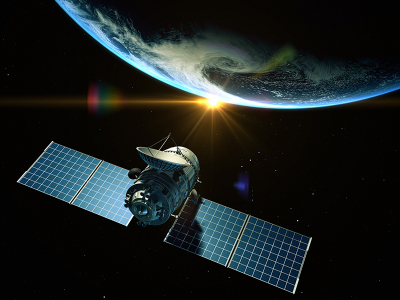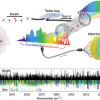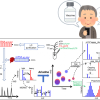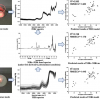
Just how much carbon is in the soil? That is a difficult question to answer at large spatial scales, but understanding soil organic carbon at regional, national or global scales could help scientists predict overall soil health, crop productivity and even worldwide carbon cycles. In a recent study, University of Illinois researchers have shown that new machine-learning methods based on laboratory soil hyperspectral data could supply estimates of soil organic carbon with the same accuracy as lab-based methods. Their study provides a foundation to use airborne and satellite hyperspectral sensing to monitor surface soil organic carbon across large areas.
“Soil organic carbon is a very important component for soil health, as well as for cropland productivity”, says lead study author Sheng Wang of the University of Illinois. “We did a comprehensive evaluation of machine learning algorithms with a very intensive national soil laboratory spectral database to quantify soil organic carbon.”
Wang and his collaborators used a public soil spectral library from the USDA Natural Resources Conservation Service containing more than 37,500 field-collected records and representing all soil types around the US.
“Spectra are data-rich fingerprints of soil properties; we’re talking thousands of points for each sample”, says Andrew Margenot, assistant professor in the Department of Crop Sciences and co-author on the study. “You can get carbon content by scanning an unknown sample and applying a statistical method that’s been used for decades, but here, we tried to screen across pretty much every potential modelling method”, he adds. “We knew some of these models worked, but the novelty is the scale and that we tried the full gamut of machine learning algorithms.”
Kaiyu Guan says “this work established the foundation for using hyperspectral and multispectral remote sensing technology to measure soil carbon properties at the soil surface level. This could enable scaling to possibly everywhere.”
After selecting the best algorithm based on the soil library, the researchers put it to the test with simulated airborne and spaceborne hyperspectral data. As expected, their model accounted for the “noise” inherent in surface spectral imagery, returning a highly accurate and large-scale view of soil organic carbon.
“NASA and other institutions have new or forthcoming hyperspectral satellite missions, and it’s very exciting to know we will be ready to leverage new AI technology to predict important soil properties with spectral data coming back from these missions”, Wang says.









